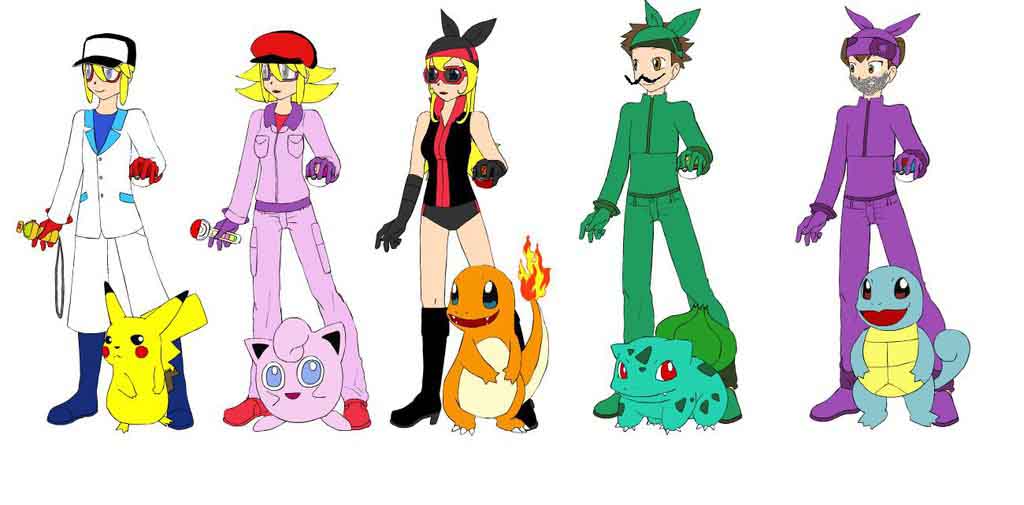 AMONG OTHER REASONS, the Philippines receives the least FDI (Foreign Direct Investments) among most ASEAN nations mainly because of our high cost of electricity.
AMONG OTHER REASONS, the Philippines receives the least FDI (Foreign Direct Investments) among most ASEAN nations mainly because of our high cost of electricity.
In a survey among 44 nations Manila had the highest cost of power; in Asia (established by Rappler at P9.14 per kilowatt hours) we have one of the most expensive .
One can dissect the details of one’s power bill and know that a multiplicity of fees are added on including “paying  for the sins of the past” and the “cost of dealing  with the power crisis in the  1990s.”.
Power accounts from 14 to 40% of the cost (depending on the product) here – no wonder we cannot even produce our own ballpens. Not only is it expensive but extreme weather conditions (like heat) Â (common in tropical countries like ours)weaken the plants leading to brownouts.
Based on existing power plant applicants, a gap in supply is  also still being forecast.
Thus , the Dutertte Government ,granting environmental soundness (paging Madame Gina of DENR), is thinking of reviving the “white elephant ” BNP (Bataan Nuclear Plant ) in Morong. Anyway, it costs the nation some P50-M a year just to maintain the plant.
The plant is overpriced at US2,3-B due to alleged kickbacks from the Westinghouse (supplier) although most of the crooks involved are either dead or have migrated.
According to nuclear experts, it will only take another US$1-B over 4 years to revive BNP while similar nuclear plants  will cost US$10-B and  will take 1o years to install.
Once restored, it will add a substantial 650 megawatts of power to the country. The next question is: is BNP safe?
Apparently  the three nuclear incidents in the past are more of the exceptions than the rule, it seems. They are the Third Island in the USA , Chernobyl in Ukraine (1986) and the Fukushima Japan (2011) claiming  a few lives and emitting radioactive fallout that was, however,  contained in limited nearby areas.
The lessons from those incidents have made the nuclear risk very low and declining. There is now a hatch escape for other gases in the plant in an emergency that will contain the fallout. (Nuclear plants burn uranium atoms which heat water to provide steam to turn the turbines to produce power)
Today-Japan is 33% run by nuclear plants, France about 80% and President Obama had just ordered an US$-8-B government guarantee program to finance more nuclear plants in the USA.Slovenia has a 35-year old copycat of the BNP and has operated safely for the last 35 years.
In the estimated 16,000 cumulative hours of nuclear use, there are only three incidents to answer the question of the preponderance of risk.
According to businessman and Philippine Chamber of Commerce of the  Philippine Islands president Jose Yulo Jr, most nuclear technologies these days are  are almost fail-proof. Not only that- nuclear plants emit no toxins to the atmosphere and is inexpensive except for the initial capital outlay which is already considered “sunk cost” by the government in the case of the BNP.
According to the World Nuclear Association, electricity produced by nuclear energy  is 79% cheaper than oil-based ones, 78% cheaper than gas-based and 23% lesser than coal cost.
Besides, nuclear power supply is stable resulting in stable power prices compared to those based on imported coal and gas which carry supply and therefore price risk especially those sourced from the Middle East aside from the foreign exchange volatility.
Could Nuclear Power be the answer to our power crisis? What are our current sources of power, anyway?
It is led by coal (42.8%) and Natural Gas (24.2%) followed  by Geothermal (13.3%),  hydro (11.8%), oil-based sources (7.4%) and renewables (solar, wind etc) – less than one percent.  Despite defenses by providers Coal is still a “dirty” source, the least environmentally friendly source.
Will the revived Bataan Nuclear Plant and the succeeding nuclear plants be the answer to the creeping shortfall of power and the grossly expensive electricity in this country?
We should study the technical feasibility of the BNP as soon as feasible.
For comments: email to dejarescobingo@yahoo.com or bohol-rd@mozcom.com
